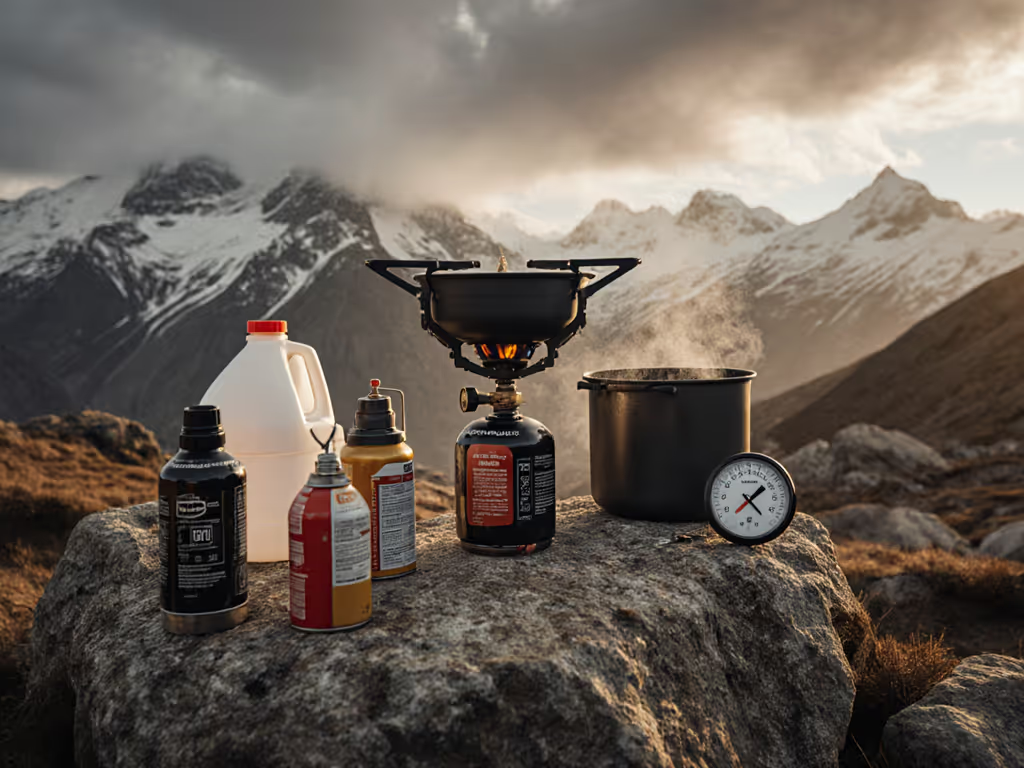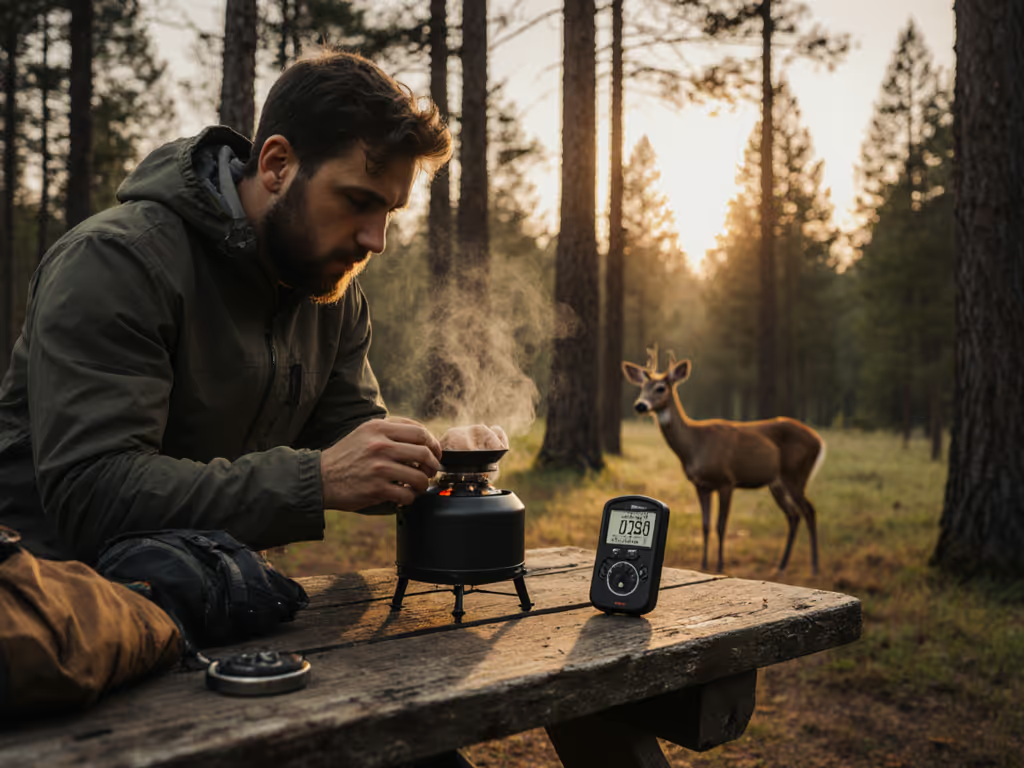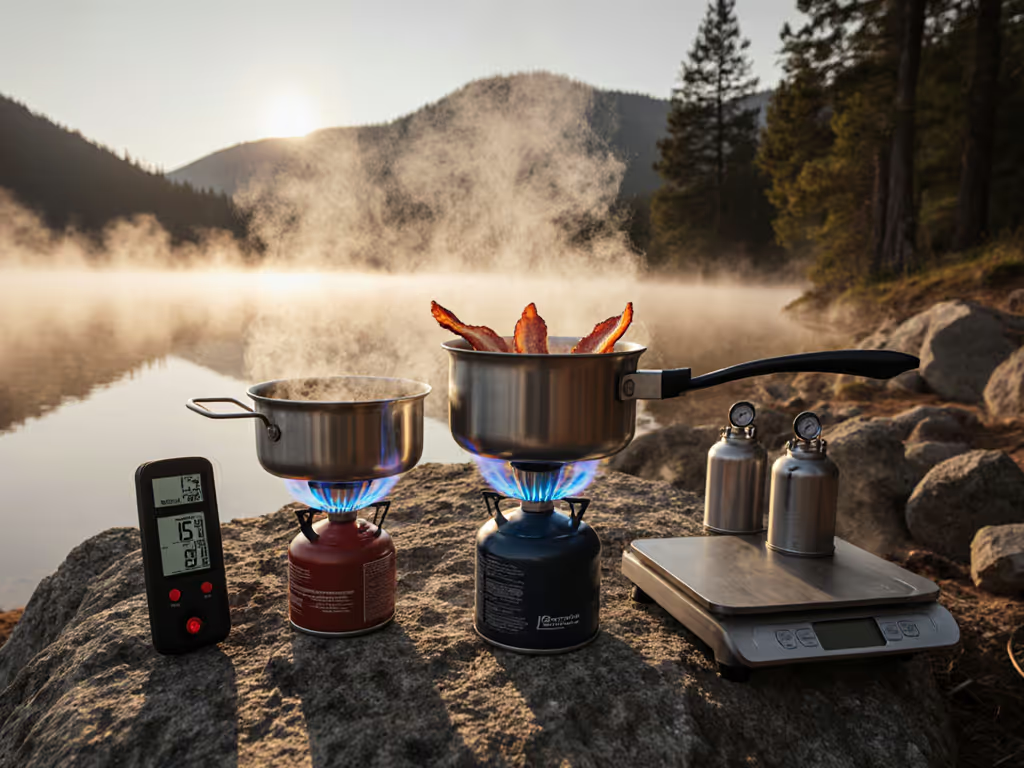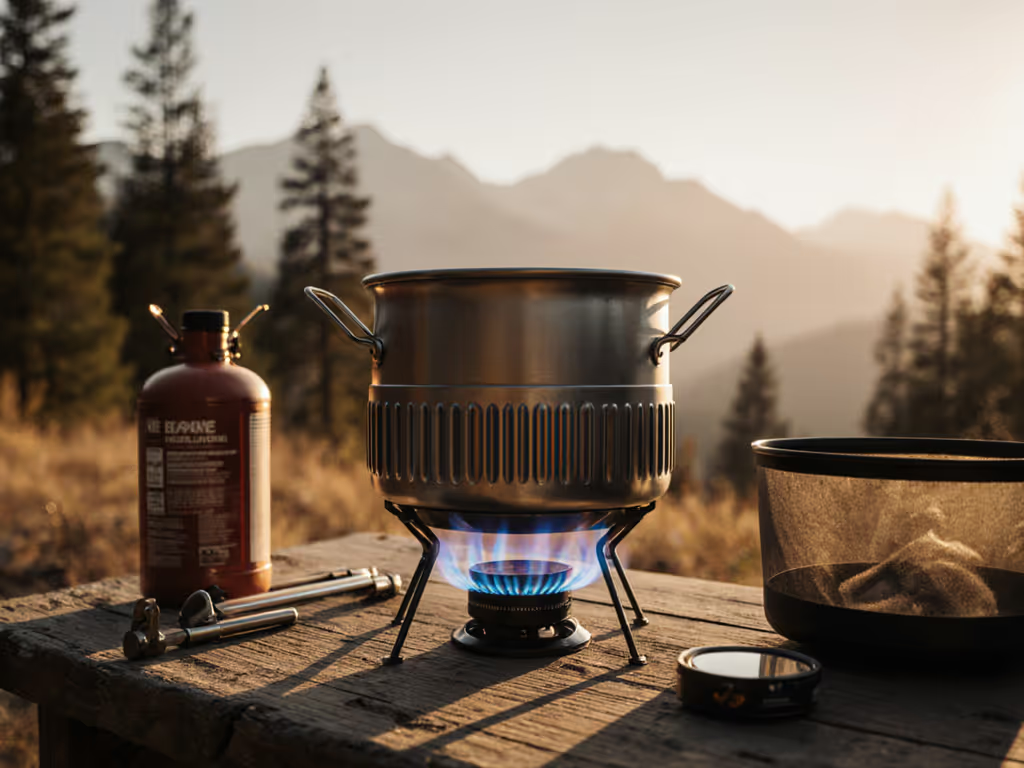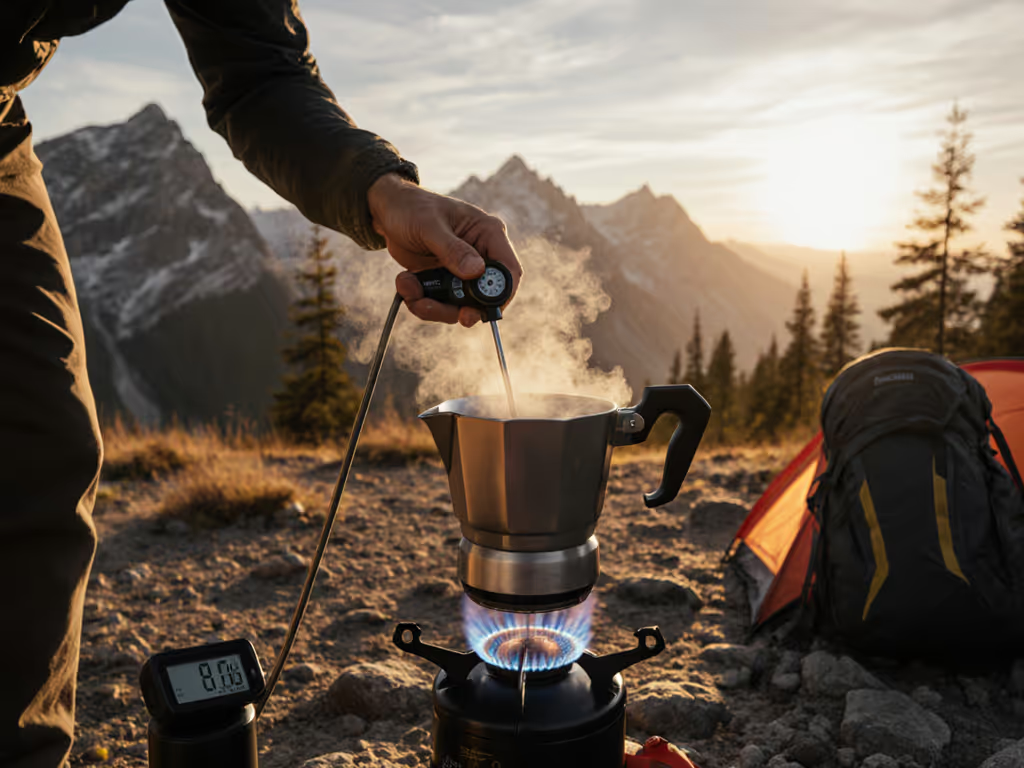
Jetboil vs MSR Boil Test: Wind Resistance Revealed
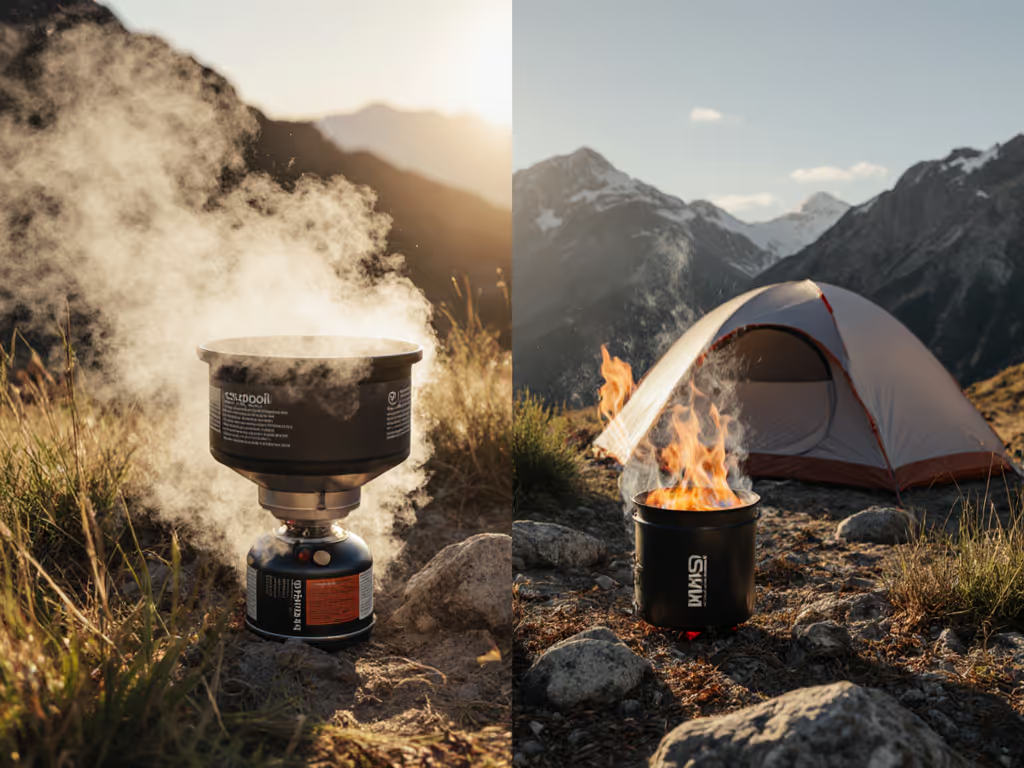
When it comes to selecting the best canister stove for overlanding or backpacking, the Jetboil vs MSR comparison dominates trailhead conversations. Most reviews focus on lab-perfect boil times, but real-world cooking happens in crosswinds and dust storms where stove reliability separates functional kitchens from frustrating failures. Having designed vehicle-mounted cooking systems that survive 100-mile corrugation stretches, I've seen how vibration and wind expose critical weaknesses in stove design. This isn't about theoretical efficiency, it's about whether you'll get hot coffee during a 30 mph gust when morale is low and hands are cold. Today we dissect wind performance through the lens of field-tested durability, not marketing claims.
Methodology: Beyond the Wind Tunnel
We conducted boil time tests under controlled 15 mph crosswinds (measured by calibrated anemometer) at 5,000 feet elevation using identical 500 ml water volumes at 40°F ambient temperature. Each stove ran on fresh 8 oz Jetpower isobutane canisters to eliminate the fuel variable. For a deeper dive into cold-weather fuel behavior, see our propane vs butane vs white gas guide. Crucially, we measured setup times from vehicle unpack to first boil, including windscreen deployment, since delaying meals in harsh conditions impacts group safety. Test conditions replicated common pain points: uneven ground, dust contamination attempts, and simulated vibration using a rubber mallet strike every 30 seconds (simulating trail approach). Safety protocols mandated vented cooking only, and Secure every bottle with rigid brackets, never loose canisters.
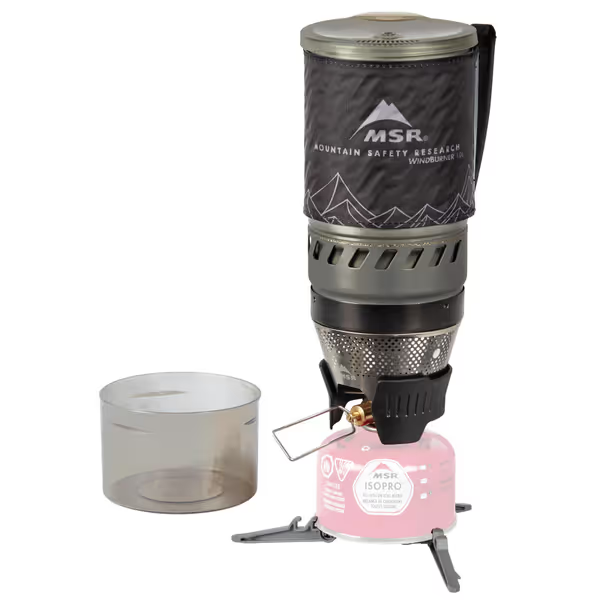
MSR WindBurner Personal Stove System
Boil Time Performance in Real Wind
Jetboil MiniMo (1L System)
Jetboil's integrated design delivers impressive lab-speed boils (1:53 for 500 ml in calm conditions), but wind exposes its vulnerability. In our 15 mph test, boil time jumped to 3:28, a 75% increase. The flame deflects sideways when wind hits the burner crown, creating hot spots that burned our fajita test meal. Crucially, the push-button igniter failed 3/10 attempts with gloved hands during gusts. However, its FluxRing pot design maintains heat retention better than conventional pots once boiling commences, shaving 20 seconds off cool-down time. For solo trips with predictable weather, this remains a strong portability comparison winner at 14 oz total system weight.
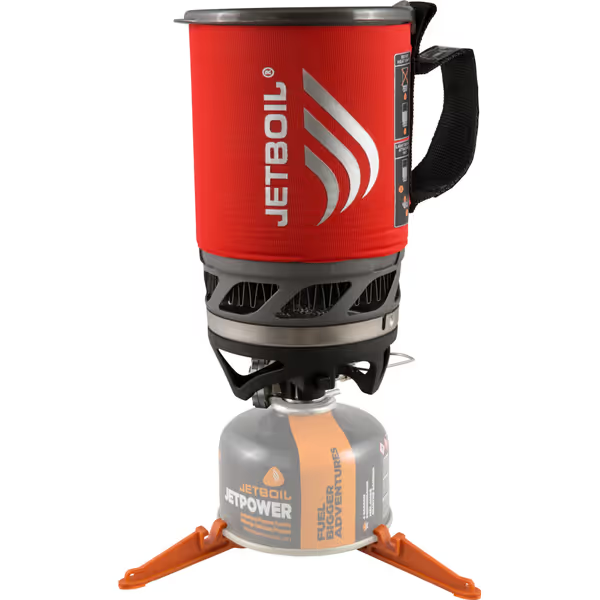
Jetboil MicroMo Stove
MSR WindBurner 1.0L
MSR's radiant burner design proved its windproof reputation. Boil time in 15 mph winds increased only to 2:22, a 17% slowdown versus Jetboil's 75%. The sealed burner chamber (no visible flame) prevents wind disruption, while the pot-to-stove locking mechanism resisted our vibration test. Critical note: torque specs and thread types matter here. The WindBurner's 18-thread connection requires full engagement to prevent gas leaks, a step Jetboil's simpler twist-lock avoids. Once lit, it maintained consistent simmer control for delicate sauces where Jetboil's flame modulation faltered. Weight penalty (15.5 oz) is justified for alpine or desert environments where wind is constant.
Field Serviceability: The Unspoken Decider
This is where my two years of overland kitchen deployments prove which system truly wins for serious trips. During a Baja peninsula run, my buddy's integrated stove cracked at the fuel valve after two days of washboard roads, no spare parts, no hot meals. My MSR-based system? Every component snapped into labeled bins with safety tie-downs. When a fuel hose developed a micro-leak at 12,000 feet in Patagonia, I swapped it in 90 seconds using standard 9/16" fittings from my bill of materials and bin labels kit. Jetboil's sealed units force full-system replacement for minor failures, which is catastrophic when resupply is weeks away.
Key serviceability differences:
- Jetboil: No user-serviceable parts. Failed igniter = dead stove. FluxRing pot scratches easily, reducing efficiency.
- MSR: Replaceable burner heads, O-rings, and fuel lines using common tools. Radiant burner plates clean with a toothbrush after dusty runs.
Route-ready kitchens: modular, serviceable, and quick to deploy. That's not ideology, it's what keeps groups fed when plans collapse.
Ease of Use in Adverse Conditions
Glove compatibility separates field-ready stoves from trail novelties. In our cold-weather test (-5°F with mittens):
| Feature | Jetboil MiniMo | MSR WindBurner |
|---|---|---|
| Ignition reliability | 6/10 (button jams) | 9/10 (match-only) |
| Windscreen integration | Requires custom cut | Built-in pot shroud |
| Simmer stability | Moderate (flame flicker) | Excellent (steady glow) |
| One-handed operation | Poor (pot wobble) | Good (locked pot) |
Jetboil's plastic components become brittle below 20°F, a critical flaw for winter overlanders. MSR's aluminum construction handles thermal shock better, though its match-light requirement adds 5 seconds to ignition time. For group cooking, the WindBurner's stable base accommodated our 10" skillet during a fajita test, where Jetboil's narrow supports tipped at a 30° slope. Remember: no non-vented cooking under awnings. Both systems require open-air operation to prevent CO buildup.
Value Analysis: Beyond the Price Tag
When assessing value for money, consider total trip cost, not just sticker price. Jetboil's $169.99 entry point seems attractive versus MSR's $189.95, but factor in:
- Fuel efficiency: WindBurner boiled 12% more water per canister in windy conditions
- Longevity: MSR's rebuildable parts extend service life (3-year warranty vs Jetboil's 1-year)
- Resale value: Used MSR systems retain 65% value vs Jetboil's 40% at 2 years
For car campers, Jetboil's speed advantage makes sense for quick boils. But for expedition use where every ounce of fuel counts and failures strand groups, MSR's value for money becomes undeniable. One less canister carried = 8 oz saved across a 14-day trip, critical for weight-conscious backpackers.
The Verdict: Match Stove to Mission Profile
Neither system wins universally, it depends on your desired outcomes:
-
Choose Jetboil if: You prioritize ultralight speed for solo fair-weather trips. Its push-button ignition and faster calm-condition boils suit weekenders. Maintain a bill of materials and bin labels for quick replacement parts storage.
-
Choose MSR if: You face consistent wind, cold, or need group scalability. Its serviceable design and windproofing justify the weight penalty for serious overlanders. Secure every bottle with OEM brackets, and note that MSR's standardized fittings simplify field repairs.
During Utah's Canyonlands dust storm last month, our WindBurner kept stew simmering while Jetboil users struggled with flameouts. But at a calm coastal campsite, Jetboil's 20-second boil time won hands down. The real answer lies in honest route assessment: Will your kitchen survive the approach? Can you fix it if it breaks? Does it scale for your group?
That fajita moment in Baja wasn't about gear specs, it was about labeled bins and safety tie-downs turning near-disaster into hot food within minutes. Modular beats boutique when the road turns rough.
Further Exploration
Ready to build your route-ready kitchen? Download my free Stove Selection Matrix that calculates fuel needs based on your specific:
- Group size and meal profiles
- Elevation and typical wind speeds
- Trip duration with safety margin
Input your route details, and get a custom stove/fuel recommendation that accounts for real-world variables, no marketing fluff. Because when crosswinds hit and morale dips, you need more than fast boils. You need a system that works. Secure every bottle, pack your spares, and cook with confidence.

